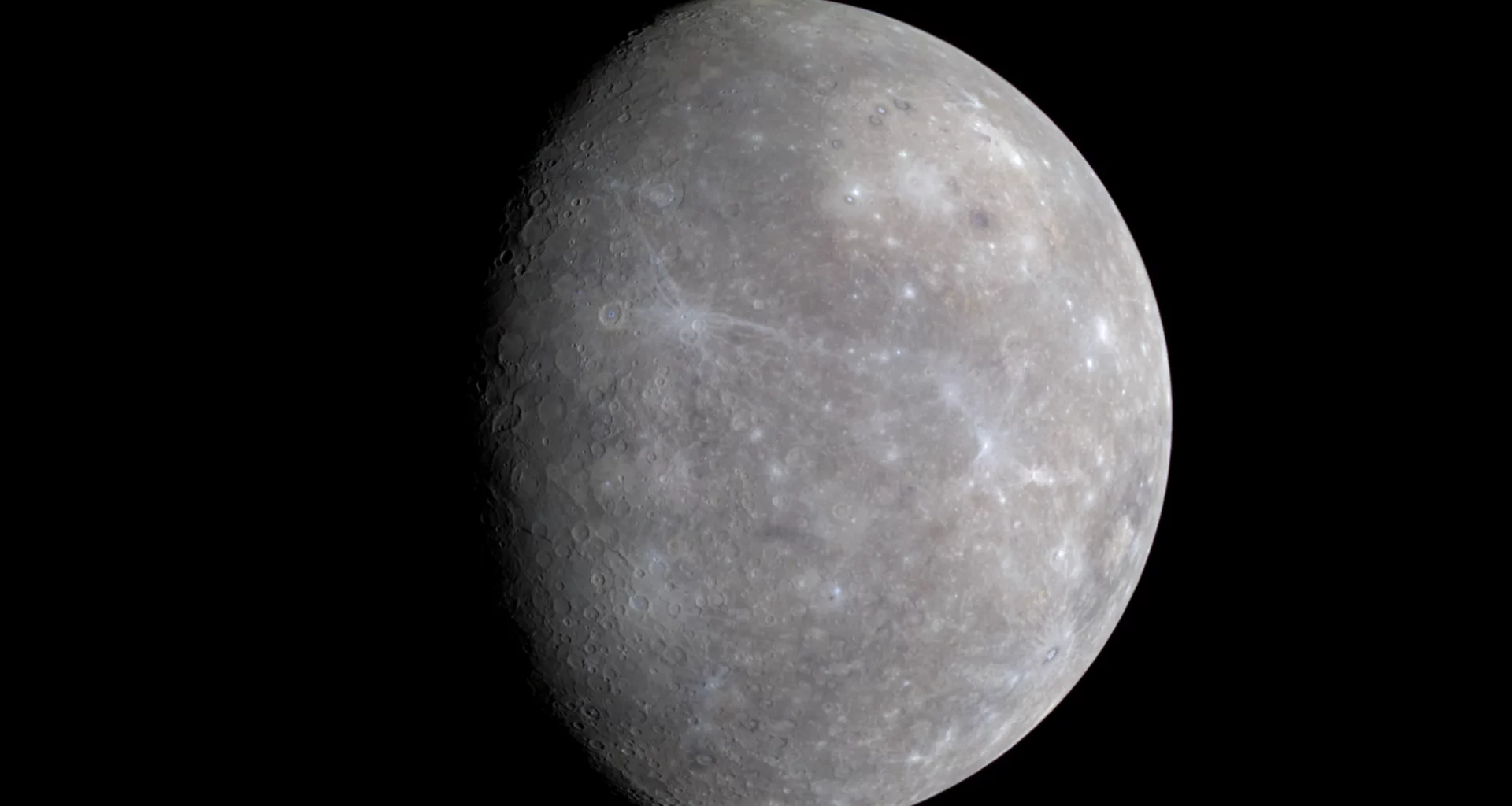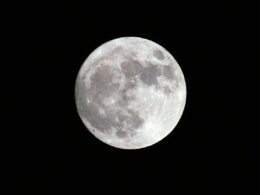Mercury, the smallest planet in the solar system, is the closest planet to the sun. It orbits the sun in just 88 Earth days, making it the fastest planet in our solar system. It is the planet with the shortest year in the solar system. This is due to its close proximity to the sun, which causes it to move faster in its orbit than other planets.
Despite its small size, Mercury has a complex history and is a fascinating planet to study. Understanding the length of its year is just one piece of the puzzle in unraveling the mysteries of this unique planet.
Orbital Characteristics of Mercury
Mercury’s Orbit Around the Sun
Mercury is the closest planet to the Sun, with an average distance of 0.39 astronomical units (AU) or approximately 58 million kilometers. Its orbit around the Sun is highly elliptical, with a perihelion of 46 million kilometers and an aphelion of 70 million kilometers. The planet takes only 88 Earth days to complete one orbit around the Sun, which is the shortest orbital period of any planet in the Solar System.
The speed of Mercury’s orbit around the Sun is approximately 47.87 km/s (29.78 mi/s) at perihelion and 38.86 km/s (24.17 mi/s) at aphelion. The planet’s highly eccentric orbit means that its distance from the Sun varies greatly throughout its orbit, resulting in extreme temperature changes on the planet’s surface.
Comparing Mercury’s Year to Earth
Mercury’s year, or the time it takes for the planet to complete one orbit around the Sun, is equivalent to 88 Earth days. This is much shorter than Earth’s year, which is 365 days. However, it is important to note that a day on Mercury is much longer than its year.
Mercury’s rotation period, or solar day, is approximately 176 Earth days. This means that it takes 176 Earth days for Mercury to complete one rotation on its axis. This is due to the planet’s spin-orbit resonance, which means that it rotates three times on its axis for every two orbits around the Sun.
In summary, Mercury’s highly elliptical orbit around the Sun, coupled with its spin-orbit resonance, results in unique orbital characteristics. The planet’s year is equivalent to 88 Earth days, while its solar day is approximately 176 Earth days.
Physical Properties and Environment of Mercury
Surface and Atmospheric Conditions
Mercury is a small, rocky planet that is closest to the Sun. It has a heavily cratered surface, similar to that of the Moon. The surface is also covered with a fine layer of dust and rock fragments. The planet has no atmosphere to speak of, but it does have an exosphere, which is made up of oxygen, sodium, hydrogen, helium, and potassium. This exosphere is very thin and tenuous, and is constantly being bombarded by the solar wind.
Mercury’s surface temperature is extreme, ranging from -290°F (-180°C) at night to 800°F (430°C) during the day. This is due to its proximity to the Sun and its lack of atmosphere. The extreme temperature changes can cause the surface to expand and contract, which leads to the formation of craters and other surface features.
Mercury’s Rotation and Day-Night Cycle
Mercury rotates very slowly on its axis, taking about 59 Earth days to complete one rotation. This is much slower than its orbit around the Sun, which takes only 88 Earth days. As a result, one day on Mercury (the time it takes for one rotation) is almost two-thirds of a year on Mercury (the time it takes to orbit the Sun).
Mercury’s axis is tilted only slightly, which means that it does not experience significant seasonal variations. However, because of its slow rotation, one side of the planet is exposed to the Sun for a long period of time, causing extreme surface temperatures. The other side of the planet is in perpetual darkness and is extremely cold.
In conclusion, Mercury’s physical properties and environment are unique and extreme. Its surface is heavily cratered and covered in a fine layer of dust and rock fragments. It has no atmosphere to speak of, but does have a thin exosphere. Its surface temperature ranges from extremely cold to extremely hot due to its proximity to the Sun and lack of atmosphere. Its slow rotation causes extreme temperature changes, and one side of the planet is always exposed to the Sun, while the other side is in perpetual darkness.
Frequently Asked Questions
What is the duration of Mercury’s orbit around the Sun?
Mercury’s orbit around the Sun takes approximately 88 Earth days, or 0.24 Earth years. This makes it the planet with the shortest orbital period in our solar system.
What is the length of a day on Mercury in Earth days?
A day on Mercury, also known as a “Mercurian day,” is much longer than an Earth day. One Mercurian day is approximately 176 Earth days long.
How many Earth years would 365 days on Mercury be equivalent to?
365 days on Mercury would be equivalent to approximately 0.4 Earth years.
Which planet in our solar system has the longest year?
Neptune has the longest year of any planet in our solar system, with an orbital period of approximately 165 Earth years.





